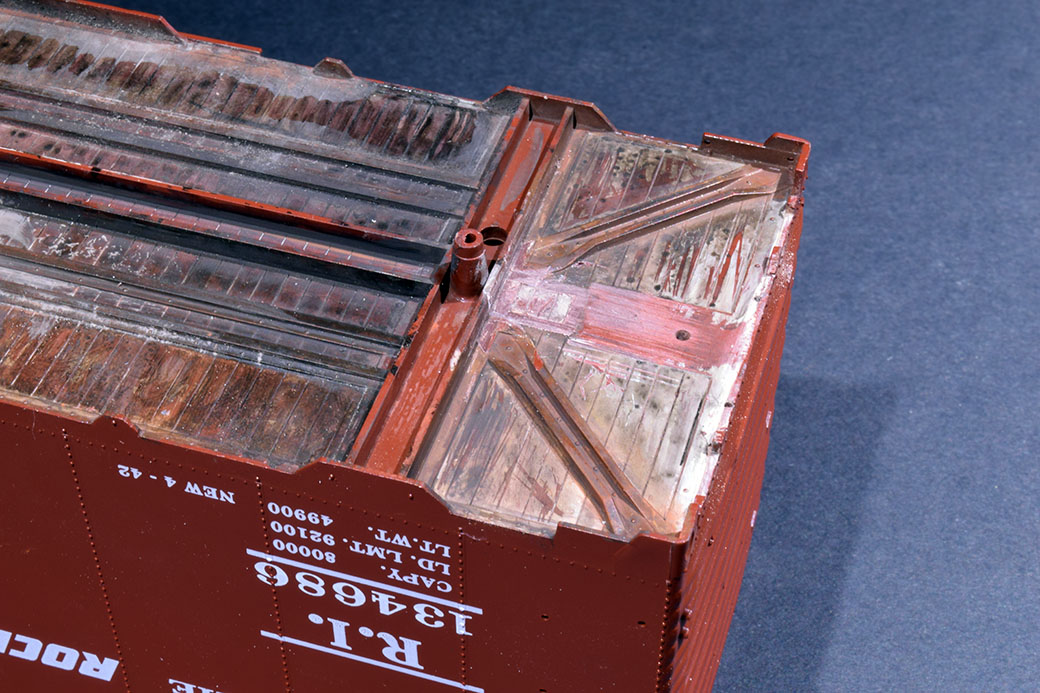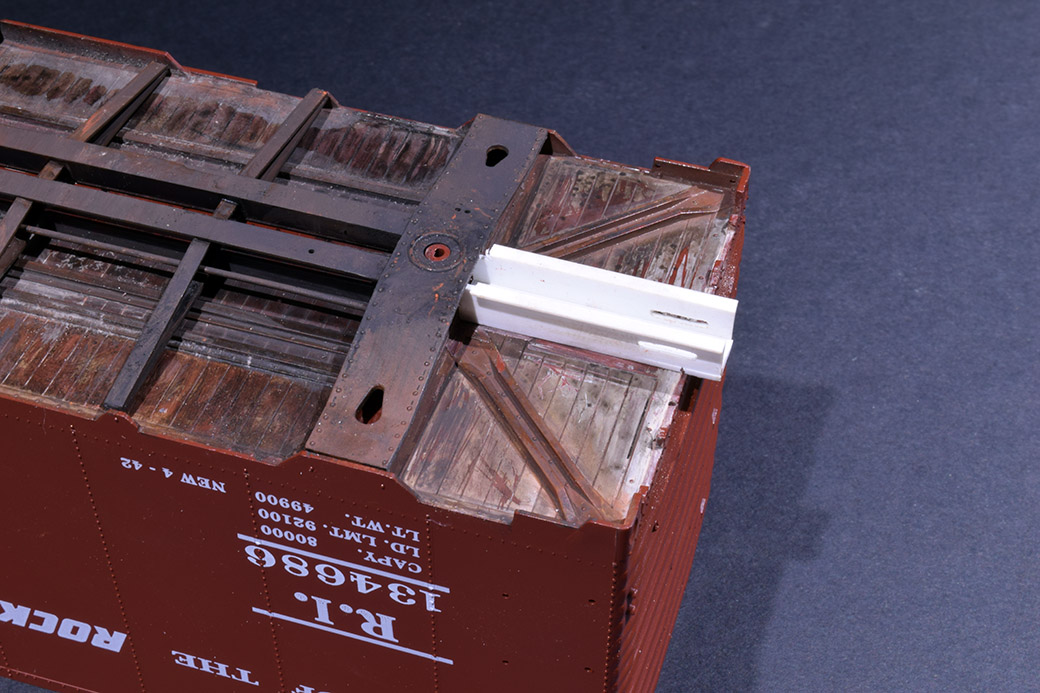Human Stories
A friend recently posited that in his view, we’ve answered every question around basic how-to info and I agree with him. If you want to know how to build bench work, do scenery, weather rolling stock or lay track, there’s likely a video, blog post or article (both paid and free), that covers what you need to know. Furthermore, there are probably a dozen ways on offer for how to accomplish each of these tasks. Yet, we keep rehashing the same themes and topics over and over in a self-perpetuating cycle. I wonder, to what end?
It isn’t just our craft; the same malady affects many creative endeavors. In photography it’s the belief that more camera gear is the secret to better photos. With woodworking it’s having the “right” tools that will take your projects to the next level and on it goes. I suggest this superficial focus on stuff prevents us from knowing the deeper experience this craft or any other has to offer. It obscures the human element that is the true source of power in any pursuit.
For all the bells and whistles that technology offers, our models don’t build themselves. At minimum, we still have to take things out of the box and, on a deeper level, we have to exercise our judgment and skill toward a desired result. And this is where I see opportunities to share a different story about our craft.

Do wood and metal weather differently, does that matter? I never know when to stop weathering and make a mess of it. Are you satisfied with the weathering, how do you know when to stop? You could address questions like these or you could just tell me for the thousandth time what brand of paint you used.
Experienced photographers agree that photography starts in the mind and the camera and editing software are just a means to realize that image. The same is true of our craft. A model or layout exists as an idea or a desire in the mind of the builder first. All our cherished methodology does is provide a means to bring that idea into a tangible form. We however, are still responsible for the idea. This, in my view, is where the process-oriented narratives fail us. We don’t lack for tools and techniques; we lack a vision of what’s possible and who we can become in the process.

You carved off the molded on sill extension. I’d love to know how you dealt with the fear of ruining the model, what would you have done if you had? Why does an accurate center sill matter to you. What satisfaction do you receive from taking such pains when everyone else is content with a Kadee coupler and box? How are you going to fix that gap where the flanges are too short? Does that really matter?
I use the term craft very deliberately because that’s what I want from my involvement with model building. I enjoy the challenges posed by issues of craft. I enjoy the analytical skills involved in planning a build. I enjoy honing the observational skills that enable me to render a subject more accurately. I enjoy the fruits of persistence from sticking with a problem on a model until it’s resolved. I enjoy conquering the inner demons that whisper you can’t do that when attempting something new for the first time.
Analytical thinking, observation, persistence and resilience are life-skills that serve us well and this craft provides the motivation I need to develop each of them in a way that other pursuits never will. I can’t be the only one, so why the hell aren’t we sharing that story?
Every blog post, video or article is an opportunity to further entrench the status quo or break free of it and explore new ground. It’s your choice.
Mike
Answers to the questions posed in the photo captions
Do wood and metal weather differently?
Yes quite differently. A topic I covered in TMC Volume Eight.
Are you satisfied with the weathering (in the photo)? How do you know when to stop?
I’m still evaluating the results you see in the image. I like some sections and think others are overdone, or just sloppy. I want the appearance of wood that’s been subjected to harsh conditions of road service. This includes wind blown dust and dirt, wood decay and discoloration from moisture that accumulates in the crevices along with grease deposits from the bolster and journal boxes. Knowing when to stop is a judgment call based on experience.
I’d love to know how you dealt with the fear of ruining the model?
I just dove in with a sharp modeling knife and carved away a bit at a time until the unwanted material was gone. This is also a matter of experience and practice. If I had ruined something, I would have been upset yes, but then I would look at things and figure out what needs to be done to fix it.
Why does an accurate center sill matter to you. What satisfaction do you receive from taking such pains when everyone else is content with a Kadee coupler and box?
I think of a model as a portrait of the full-size object. Therefore, an accurate representation of the sill extension brings the model (or portrait) closer to the image conveyed by the actual freight car. In that light a Kadee coupler box isn’t part of the subject, it’s a contrivance based on criteria that have nothing to do with the full-size car.
My satisfaction in modeling comes from setting a standard and living up to that standard rather than settling for arbitrary compromises. As noted in the text, I enjoy the challenges this presents.
How are you going to fix that gap where the flanges are too short? Does that really matter?
Yes, it matters because of the standard of craft I set for my work and myself. I will remake the part and pay closer attention to the trim and fit.
Mike – I find your comments to be both inspirational and motivational. In my opinion, you are doing a real service to all of us in the hobby.
Kind of you to say David.
Mike